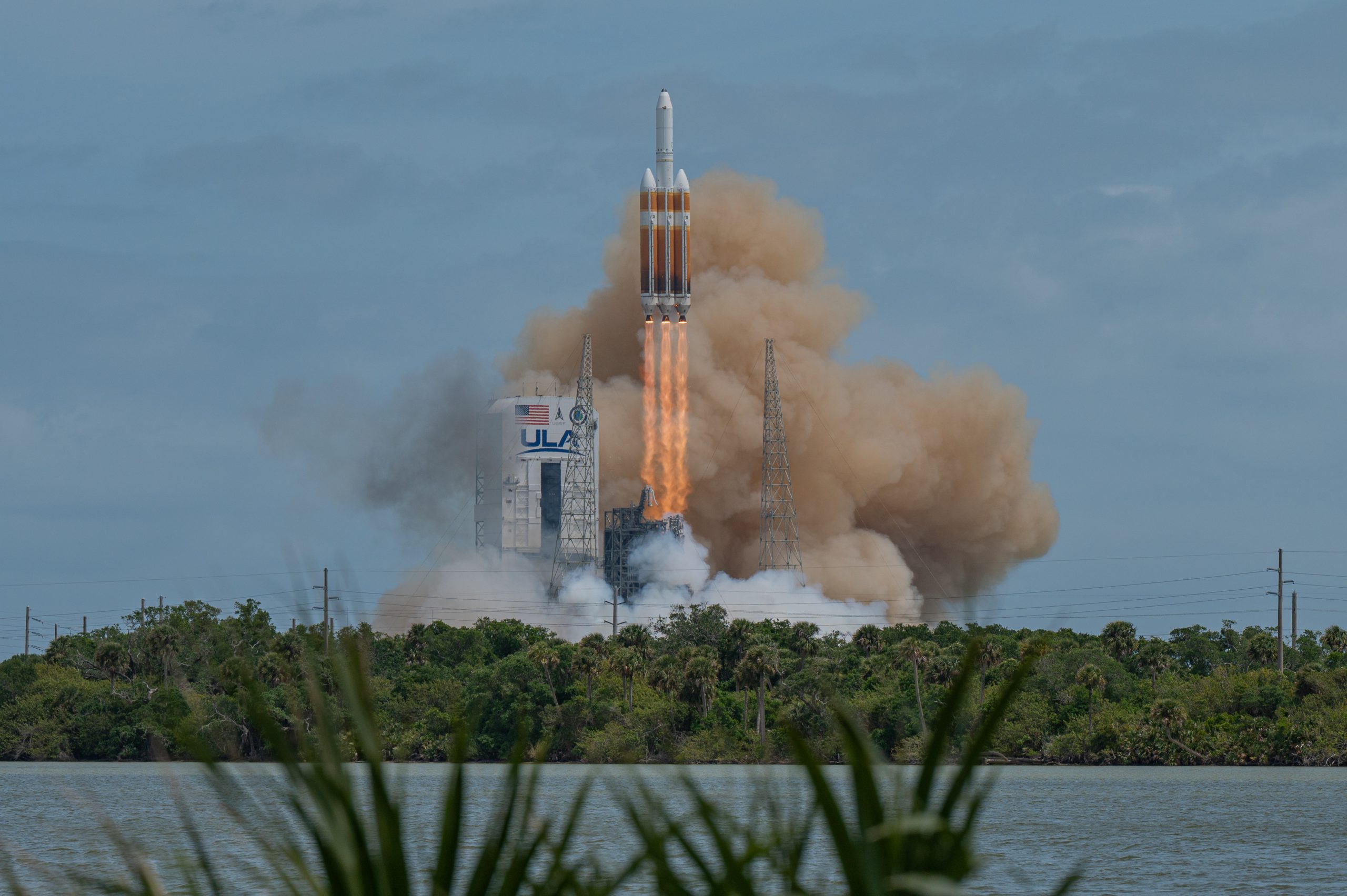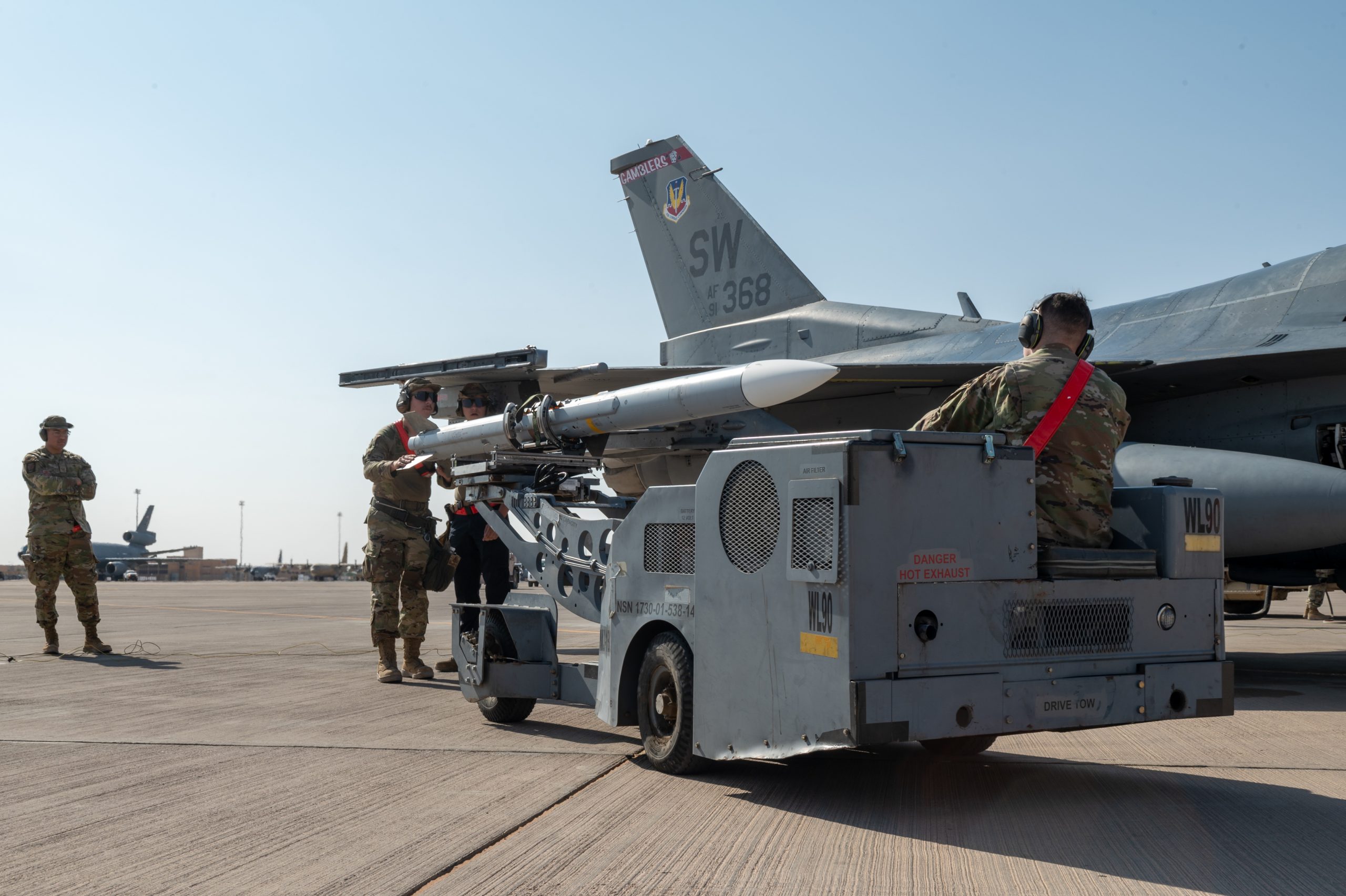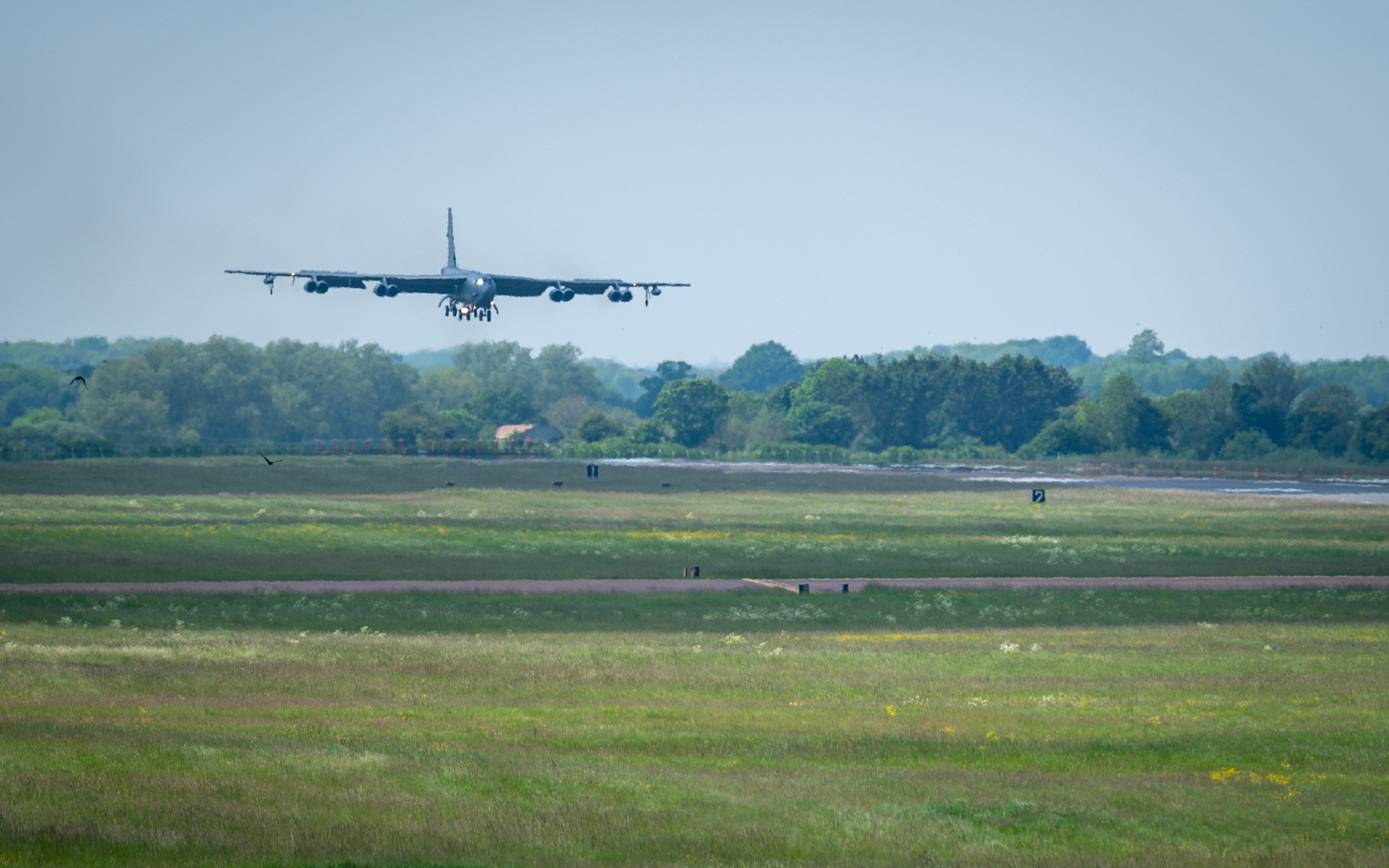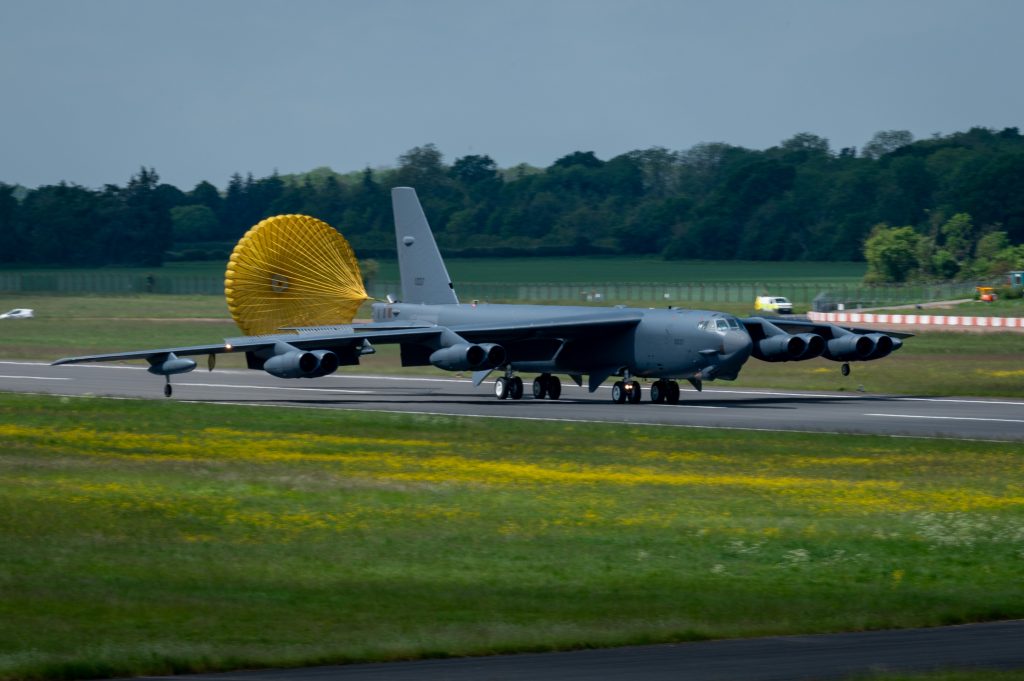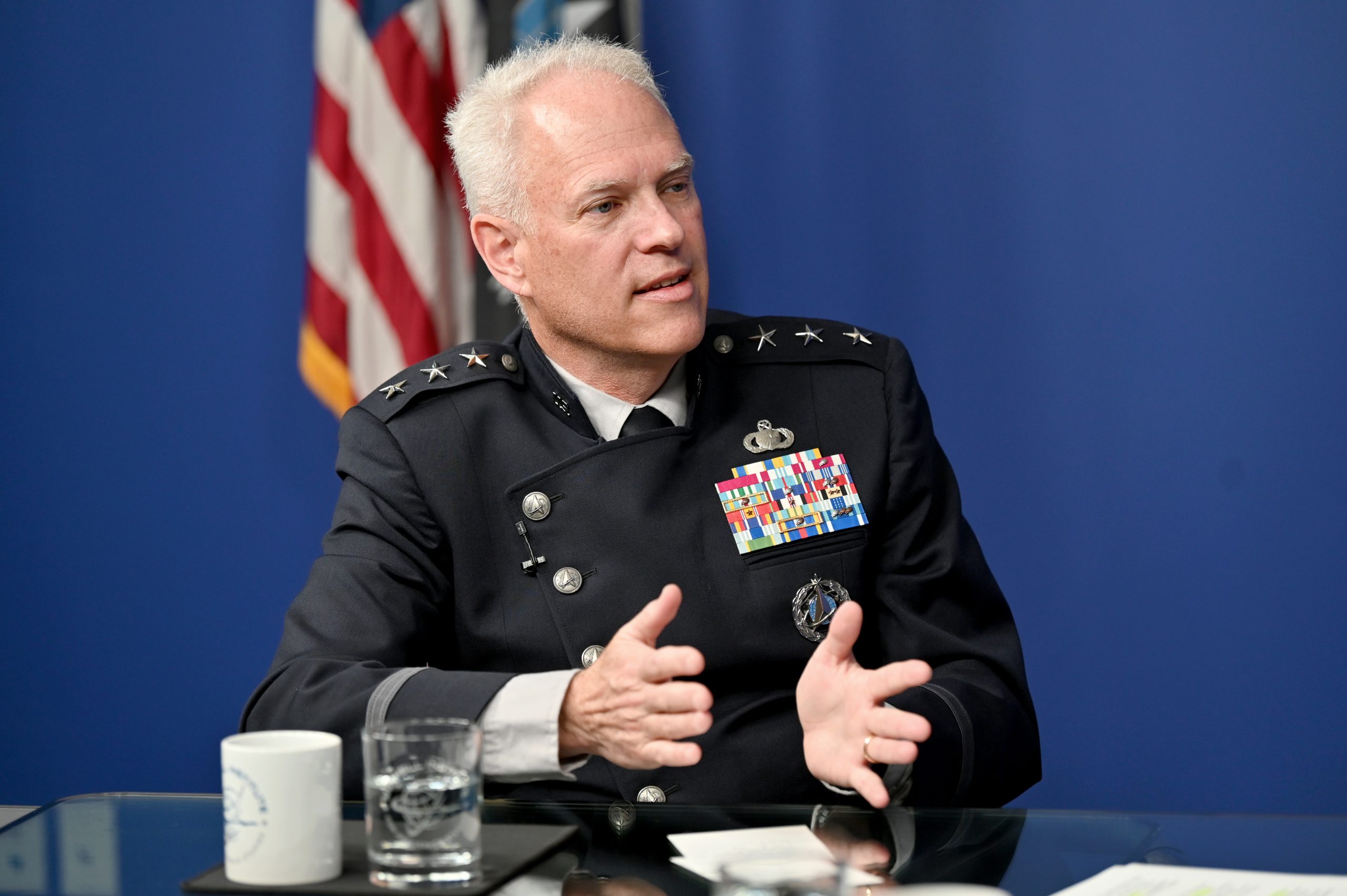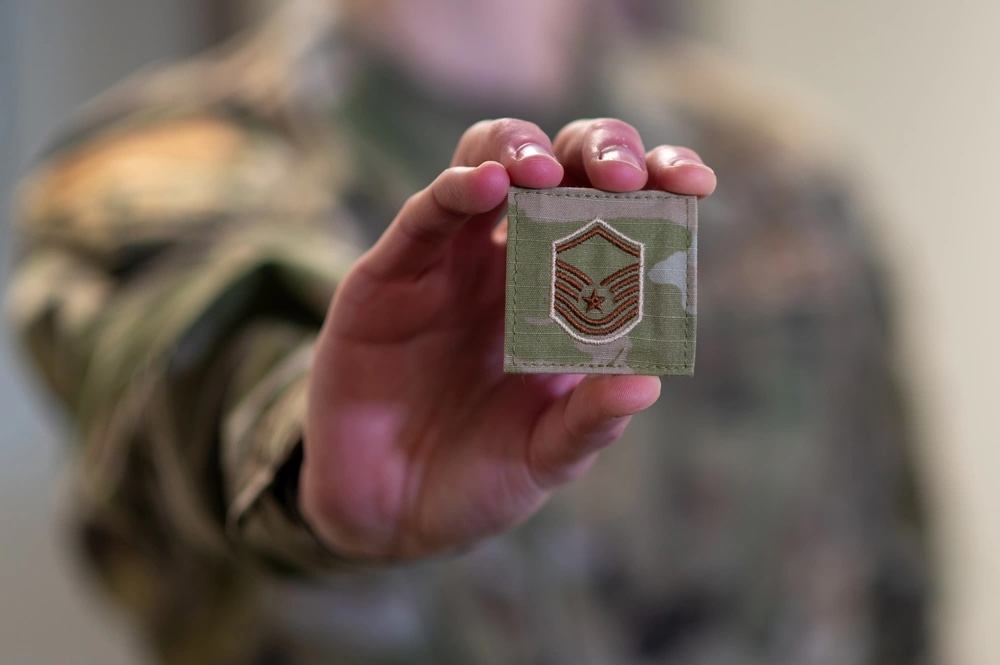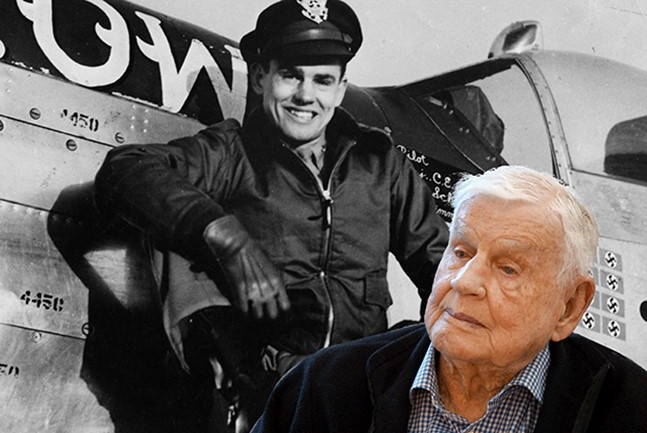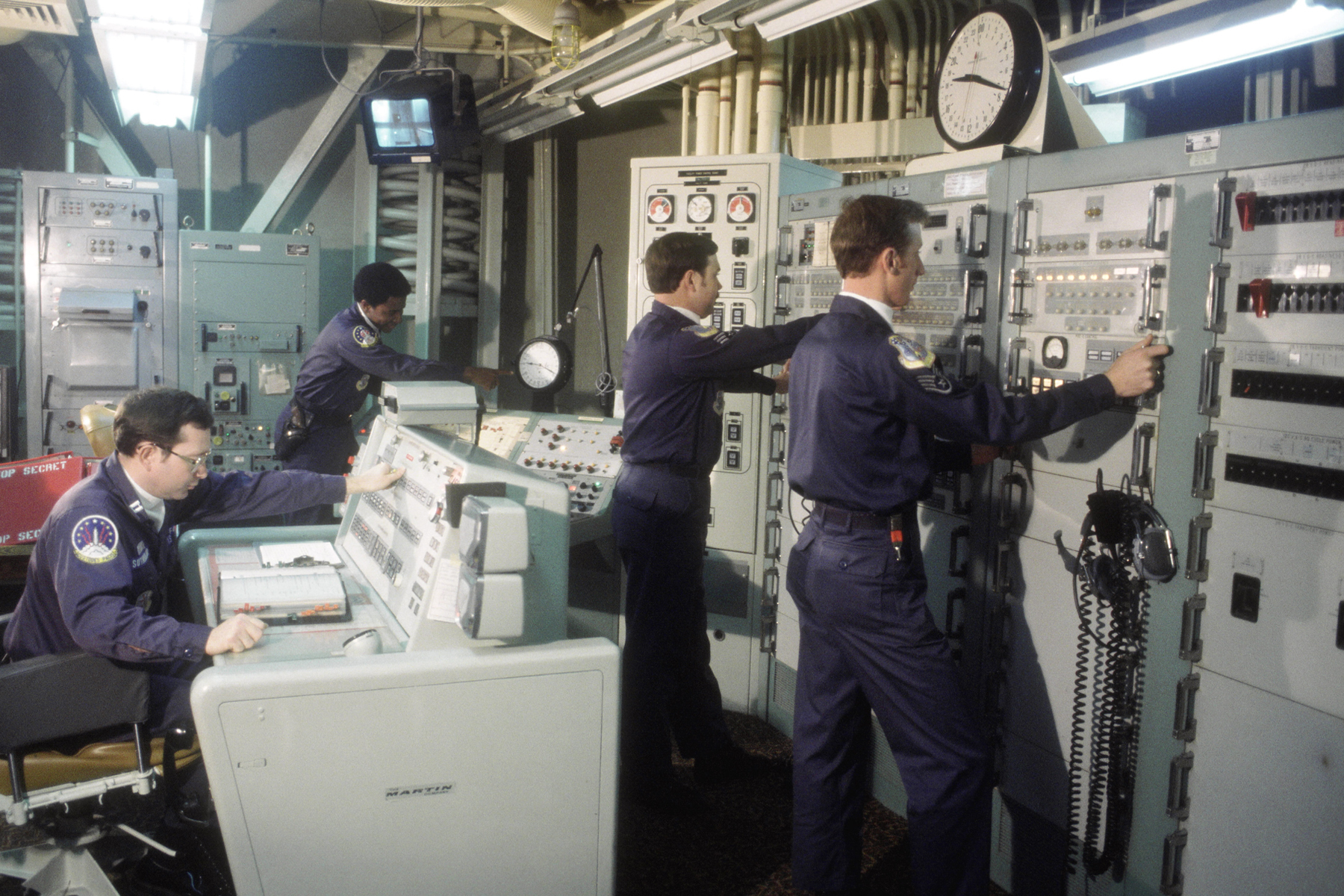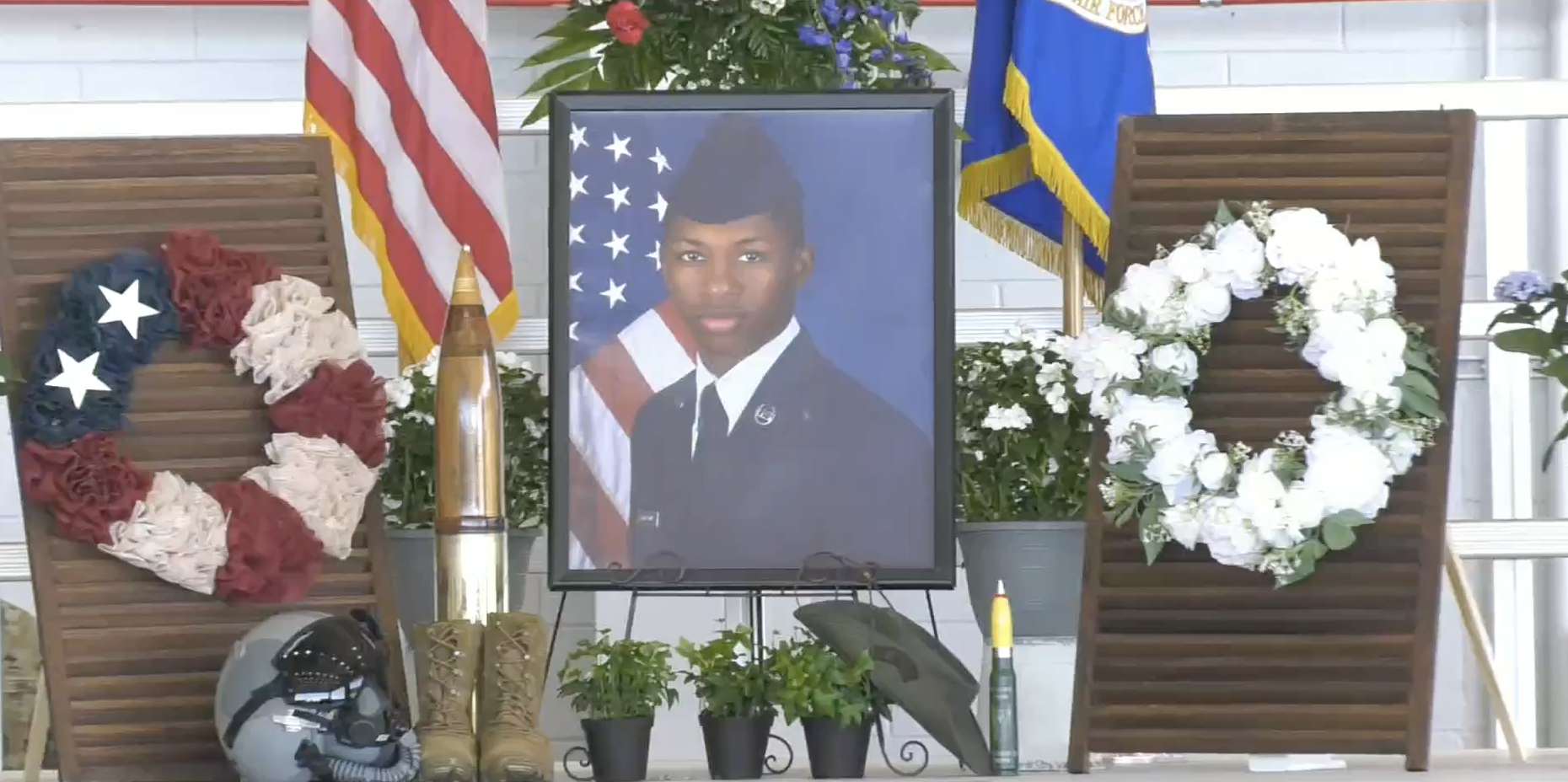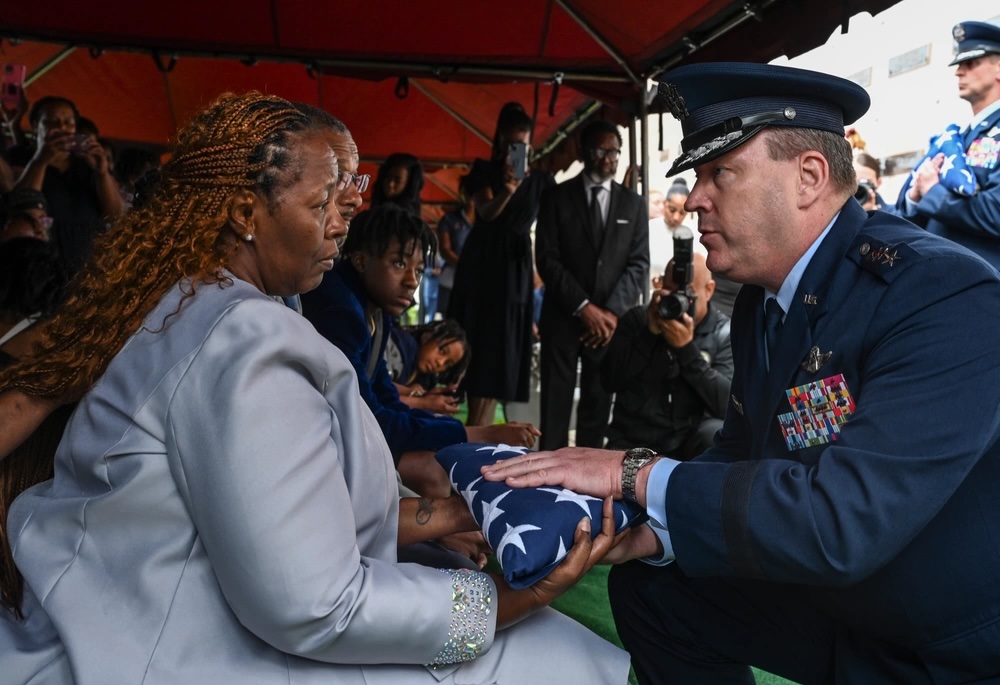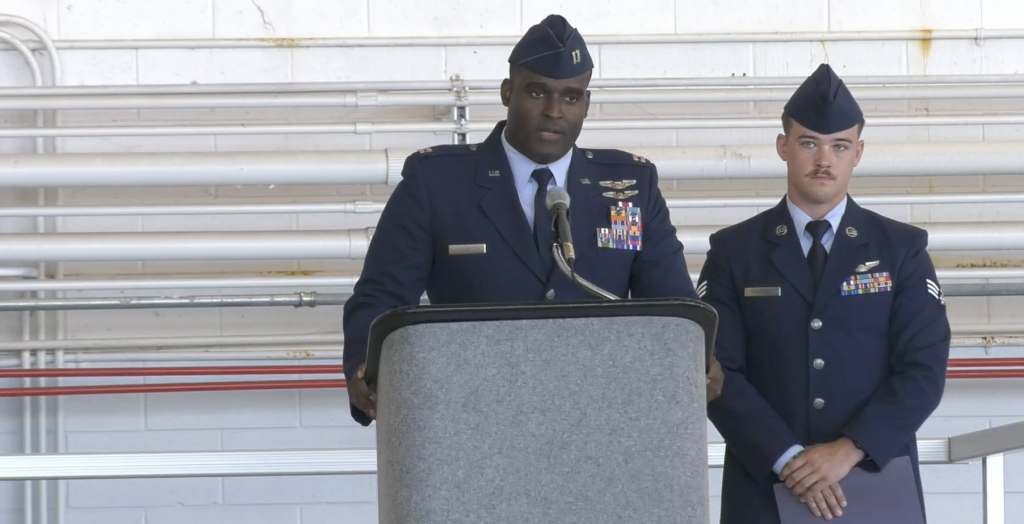As the commercial and military space sectors continue their rapid growth, the Space Force is planning to spend hundreds of millions of dollars to upgrade its launch facilities—and will consider expanding to other locations, a top general said May 21.
Such moves are necessary because the U.S. military’s launch infrastructure and workforce has not kept pace with the increasing number of launches themselves, Space Systems Command boss Lt. Gen. Philip A. Garrant said during a Mitchell Institute for Aerospace Studies event.
Space Systems Command oversees the service’s acquisition and launches. In 2024, the Space Force’s two launch deltas—Space Launch Delta 30 and Space Launch Delta 45—will host 174 launches from its two “ranges” at Cape Canaveral Space Force Station, Fla., and Vandenberg Space Force Base, Calif., Garrant said.
Yet, “the launch deltas are manned at a 2017 manning rate based on a 2017 launch assessment. We’re launching a lot more missions seven years later, yet we’re still manned as if we were doing dozens, not hundreds.”
In 2017, Cape Canaveral hosted seven launches, while Vandenberg hosted nine. In budget documents, the Space Force is projecting that it will support 192 launches—a 1,100 percent increase in eight years.
Manning isn’t the only issue. Garrant said the infrastructure and technology at Cape Canaveral and Vandenberg are old and need investment to bring the facilities up to modern standards, to say nothing of future capabilities.
“The [Office of Management and Budget] gave us $1.3 billion in the 2024 budget to get after that infrastructure,” Garrant said. “It’s going to be over 130 projects, managed in partnership with [Air Force Installation and Mission Support Center], with the Civil Engineering Center, and the Army Corps of Engineers over the Future Years Defense Plan.
“Now I’ll say that a lot of that is built-up technical debt. That’s not improving capacity, that’s getting after known capacity problems. So we’ve got to figure out new things that we can do to keep up with that.”
Last fall, Brig. Gen. Kristin Panzenhagen, program executive officer for assured access to space and director of launch and range operations at SSC, said the service was working on an analysis of future spaceport requirements.
In January, the assured access to space directorate and SpaceWERX solicited industry for proposals for the “digital spaceport of the future,” focusing on upgraded hardware, software applications, and data management.
“The United States’ current space launch infrastructure was designed in the 1970s and 1980s and pre-dates the Internet of Things (IoT),” SpaceWERX wrote in its solicitation. “While we’re currently able to meet national security space lift missions, our capacity to support public and private sector demand for access to space is falling behind.”
One way upgraded IT and infrastructure could help, Garrant suggested, is by allowing personnel to supervise and launch rockets from opposite sides of the country. But there are plenty of technologies and upgrades to consider, he added.
“It’s not just about fixing the technical debt of the existing infrastructure. It’s about building out the infrastructure,” he said.
SpaceWERX plans to hand out Small Business Innovation Research/Small Business Technology Transfer contracts as part of the “Digital Spaceport of the Future” program.
There will soon be more money in the pipeline. Garrant noted that the Space Force will soon start to collect more fees from commercial launch providers that use U.S. military spaceports, thanks to new authorities granted by Congress. Those funds will help fund more modernization efforts.
Beyond just improving existing facilities, the service may soon start considering other locations too. A draft version of the 2025 National Defense Authorization Act released by the House Armed Services strategic forces subcommittee includes language directing the Chief of Space Operations to brief lawmakers by Dec. 1, 2024, on “the feasibility of launching NSSL missions out of space ranges not currently utilized by the United States Space Force for NSSL, such as Wallops Island, Virginia; Pacific Spaceport Complex, Alaska; and Spaceport America in New Mexico after 2025.”
While the 2025 NDAA is still several steps away from becoming law, Pentagon officials generally respond to directive report language. Garrant addressed the provision and suggested the Space Force is open to the possibility of more spaceports.
“Congress wants us to look at additional spaceports. Are they feasible? Can we support them? Do they make sense for the orbits and the missions that we’re doing?” Garrant said. “So a lot of review of policy, a lot of review of processes, how we do mission assurance, where we need to increase infrastructure.”
The proposed alternate locations suggested by Congress present some logistical challenges.
The Pacific Spaceport Complex has supported U.S. military launches before, but temperatures stay around freezing in the winter, which can affect rockets. Spaceport America is located hundreds of miles from any large body of water where boosters or debris can harmlessly fall to Earth.
But such issues can be addressed and mitigated, suggested retired Space Force Col. Charles Galbreath, senior fellow at the Mitchell Institute for Aerospace Studies. SpaceX, by far the largest launch provider, has shown it can safely land and reuse boosters, mitigating concerns about them hitting people or infrastructure on the ground. And Alaska has hosted successful launches despite the cold.
“I think it’s important that as technology matures, we continue to look for additional opportunities to expand our launch infrastructure, to account for the increasing demand, as well as ensure that we have resilience in our space launch capability,” Galbreath said.
Galbreath added that such resilience could be crucial to mitigating the effects of an adversary’s attack or natural disasters.
“When we’re looking at Great Power Competition and potential threats from China, would our launch sites become targets in a conflict? Certainly, I would think that would be a potential,” Galbreath said. “But we also have to take note of the fact that there are hurricanes that hit Florida, earthquakes that hit California. And so we don’t want to find ourselves in a situation where either through a hostile act or natural event, we’ve significantly degraded our ability to put things in space.”
